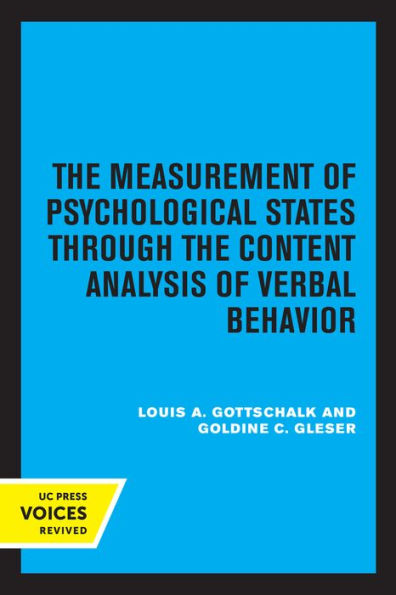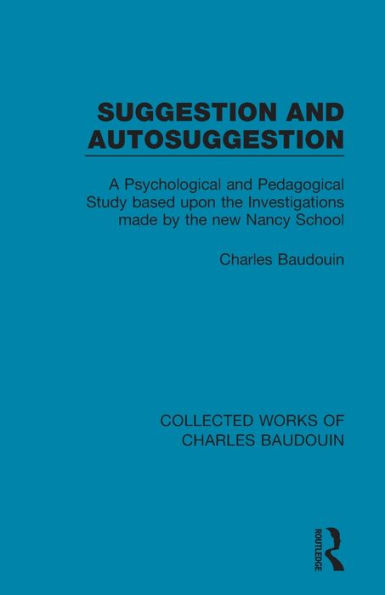Home
On the Content and Object of Presentations: A Psychological Investigation
Barnes and Noble
Loading Inventory...
On the Content and Object of Presentations: A Psychological Investigation
Current price: $109.99

Barnes and Noble
On the Content and Object of Presentations: A Psychological Investigation
Current price: $109.99
Loading Inventory...
Size: OS
*Product information may vary - to confirm product availability, pricing, shipping and return information please contact Barnes and Noble
Twardowski's little book - of which I here offer a translation - is one of the most remarkable works in the history of modern philosophy. It is concise, clear, and - in Findlay's words - "amazingly rich in ideas. "l It is therefore a paradigm of what some contemporary philosophers approvingly call "analytic philosophy. " But Twardowski's book is also of considerable historical significance. His views reflect Brentano's ear lier position and thus shed some light on this stage of Brentano's philosophy. Furthermore, they form a link between this stage, on the one hand, and those two grandiose attempts to propagate rationalism in an age of science, on the other hand, which are known as Meinong's theory of entities and HusserI's phenomenology. Twardowski's views thus point to the future and introduce many of the problems which, through the influence of Meinong, HusserI, Russell, and Moore, have become standard fare in contemporary philosophy. In this introduction, I shall call attention to the close connection between some of Twardowski's main ideas and the corresponding thoughts of these four philosophers. 1. IDEAS AND THEIR INTENTIONS Twardowski's main contention is clear. He claims that we must dis tinguish between the act, the content, and the object of a presentation. The crucial German term is 'V orstellung. ' This term has a corresponding verb and allows for such expressions as 'das V orgestellte.
Twardowski's little book - of which I here offer a translation - is one of the most remarkable works in the history of modern philosophy. It is concise, clear, and - in Findlay's words - "amazingly rich in ideas. "l It is therefore a paradigm of what some contemporary philosophers approvingly call "analytic philosophy. " But Twardowski's book is also of considerable historical significance. His views reflect Brentano's ear lier position and thus shed some light on this stage of Brentano's philosophy. Furthermore, they form a link between this stage, on the one hand, and those two grandiose attempts to propagate rationalism in an age of science, on the other hand, which are known as Meinong's theory of entities and HusserI's phenomenology. Twardowski's views thus point to the future and introduce many of the problems which, through the influence of Meinong, HusserI, Russell, and Moore, have become standard fare in contemporary philosophy. In this introduction, I shall call attention to the close connection between some of Twardowski's main ideas and the corresponding thoughts of these four philosophers. 1. IDEAS AND THEIR INTENTIONS Twardowski's main contention is clear. He claims that we must dis tinguish between the act, the content, and the object of a presentation. The crucial German term is 'V orstellung. ' This term has a corresponding verb and allows for such expressions as 'das V orgestellte.
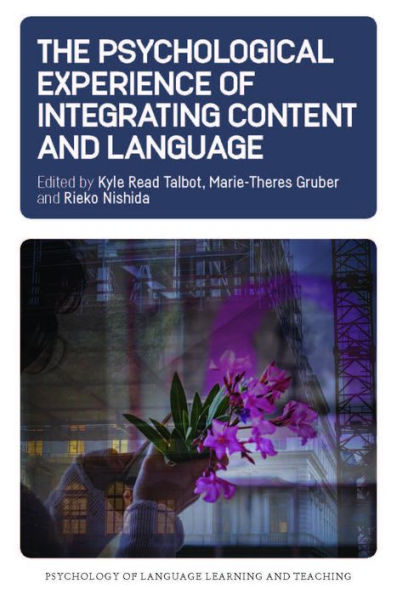
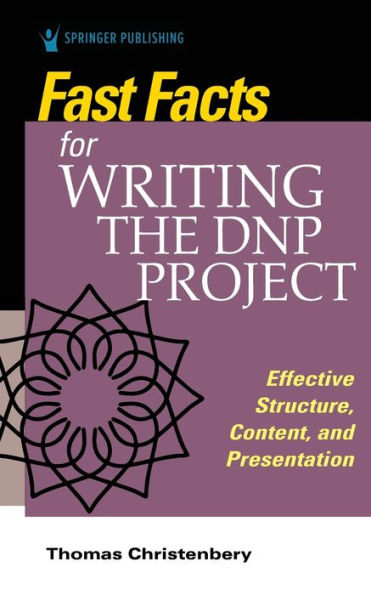

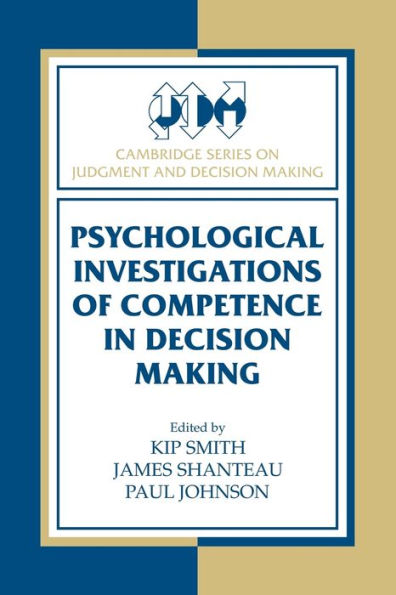

![rosie [Exclusive Content Inside] [Barnes & Noble Exclusive]](https://prodimage.images-bn.com/pimages/0075678603273_p0_v6_s600x595.jpg)

